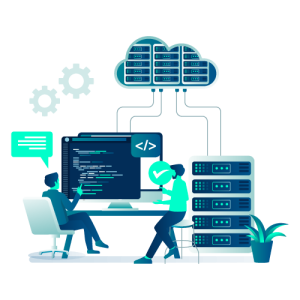Jakarta EE 11 Web Profile released, enabled by Eclipse GlassFish
Jakarta EE 11 Web Profile, released on March 30, 2025, delivers an updated set of specifications, implemented by a GlassFish 8 milestone version. Read more to get an overview of what’s new and what’s planned for the final version of GlassFish 8.
Jakarta EE 11 Web Profile released, enabled by Eclipse GlassFish Read Post »









